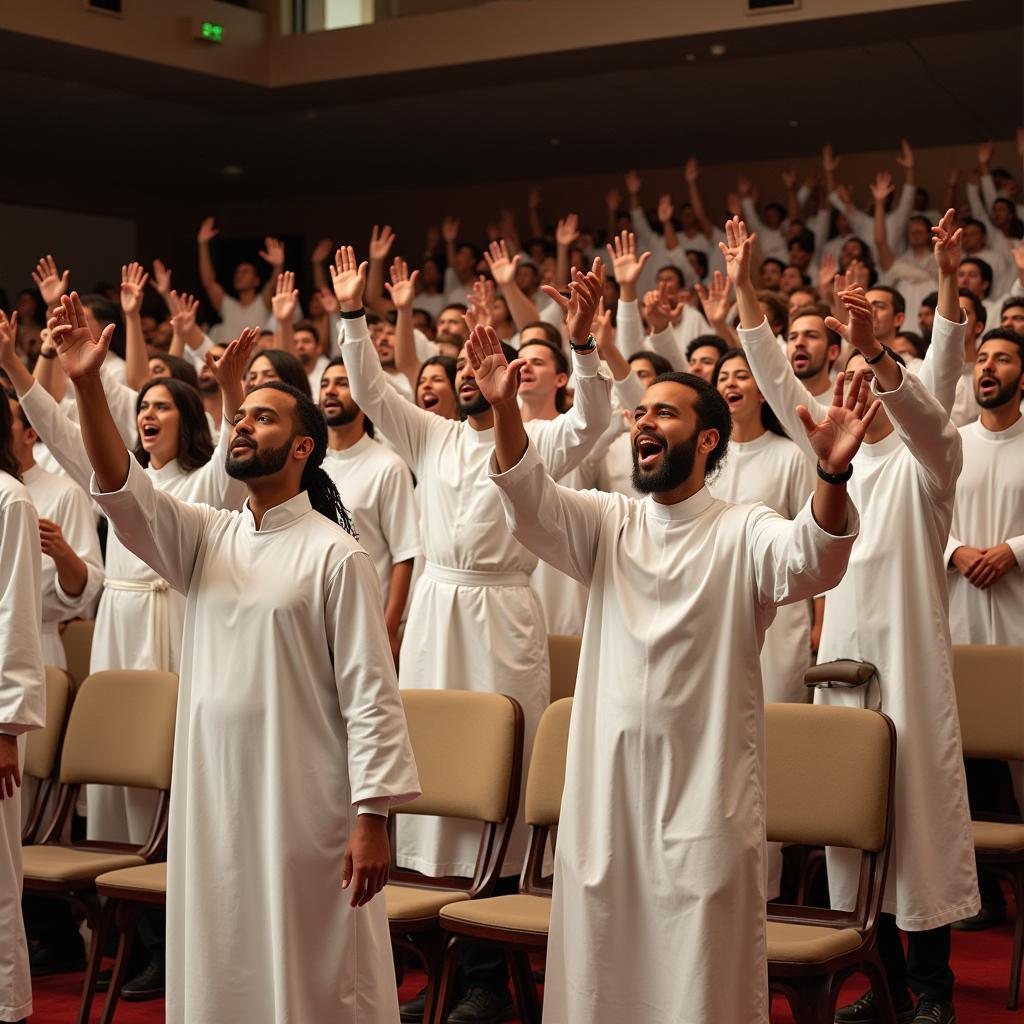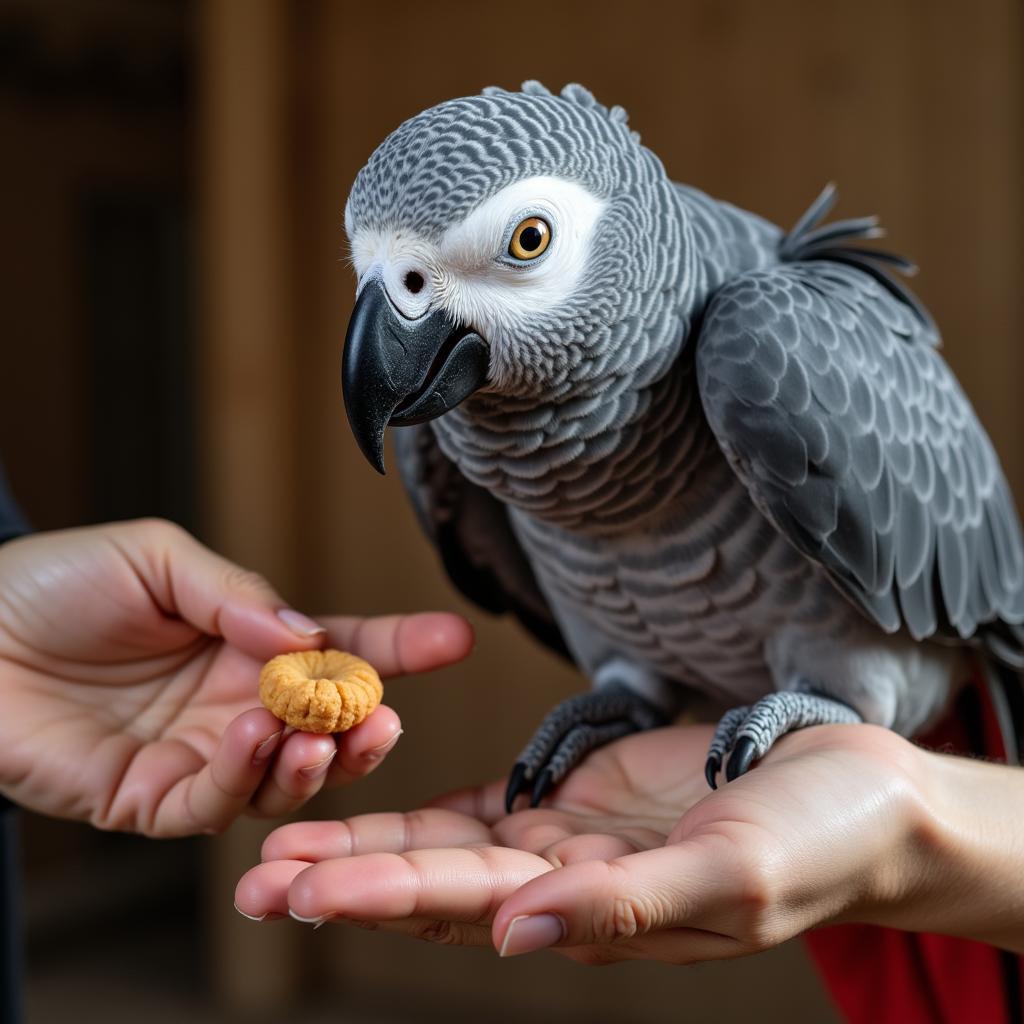African Ladies Easy for Kids to Draw on Canvas
Drawing African ladies can be a fun and educational activity for kids. It provides a great opportunity to explore different cultures and artistic styles while developing fine motor skills. This guide will provide simple, step-by-step instructions and helpful tips to make drawing African ladies easy for kids on canvas.
Getting Started with Your African Lady Portrait
Before we begin, let’s gather our materials. You’ll need a canvas, pencils for sketching, a variety of paints (acrylics work well), brushes in different sizes, a palette for mixing colors, and a cup of water for cleaning brushes. You might also want to have a reference image of an African lady to help guide your drawing. Remember, the goal is to capture the essence and beauty of African women in a way that is both accessible and enjoyable for children.
Simple Steps to Draw an African Lady on Canvas
First, lightly sketch the basic shapes of the head and body on the canvas using a pencil. Think ovals and circles for the head and torso. Don’t worry about perfection, this is just a guide. Next, add details like the eyes, nose, and mouth. African facial features can be beautifully diverse, so feel free to experiment. Think about the hairstyle you want to depict. Braids, twists, and headwraps are all common and add cultural richness to the portrait.
Next, sketch the clothing. Consider traditional African garments like brightly colored dresses or flowing robes. You can also add jewelry and other accessories. Once you’re happy with the sketch, you can start painting. Begin with the skin tones. Experiment with mixing colors to achieve a realistic and vibrant complexion. Remember, African skin tones vary widely, reflecting the continent’s rich diversity.
After the skin tones, move on to the hair and clothing. Use bright, bold colors to reflect the vibrancy of African culture. Don’t be afraid to experiment with patterns and textures. Finally, add the finishing touches like jewelry, accessories, and background details.
Capturing the Beauty of African Hairstyles
African hairstyles are an integral part of portraying African ladies. From intricate braids to elaborate headwraps, these styles are a unique form of expression and cultural identity. When drawing these hairstyles, encourage kids to pay attention to details like the patterns in the braids, the texture of the hair, and the way the headwrap is draped. This not only enhances their drawing skills but also provides a deeper understanding of African traditions.
Adding Cultural Details to Your African Lady Painting
Adding cultural details to your African lady drawing can enrich the artistic experience and provide a valuable learning opportunity for children. Consider adding traditional jewelry, such as beaded necklaces or earrings, which are often significant symbols of status or identity. Patterns and designs on clothing can also reflect specific cultures and regions. By incorporating these elements, children can learn about the diverse traditions and artistry found across the African continent.
“When introducing children to art from different cultures,” says renowned art educator, Dr. Anika Moosa, “it’s essential to emphasize the stories and meanings behind the visual elements. This helps them appreciate the rich heritage and symbolism embedded in artistic traditions.”
Tips for Making Drawing Easy for Kids
Remember to keep it simple. Focus on basic shapes and proportions. Encourage children to use their imagination and express their creativity. Don’t worry about making it perfect. The goal is to have fun and learn about African culture.
Incorporating African Patterns and Textures in Your Artwork
Incorporating African patterns and textures can significantly enhance the visual appeal and authenticity of children’s artwork. These patterns, often geometric or inspired by nature, can be used in clothing, headwraps, and even background elements. Encourage kids to explore different patterns and experiment with various techniques to create textures in their paintings, further enriching their understanding of African artistic traditions.
“Art provides a powerful platform for cultural exchange,” comments art historian, Professor Kwame Asante, “By engaging with diverse artistic styles, children develop a greater appreciation for global perspectives.”
Conclusion
Drawing African ladies on canvas can be a rewarding and educational activity for kids. By following these simple steps and incorporating cultural details, children can create beautiful artwork while learning about the rich diversity of the African continent. So grab your art supplies and let your creativity flow!
FAQ
- What kind of paint is best for kids to use on canvas? Acrylics are a good choice.
- Do I need special canvas for kids? No, any standard canvas will work.
- Where can I find reference images of African ladies? Online searches and library books are good sources.
- How can I make the drawing process less intimidating for kids? Start with simple shapes and encourage them to have fun.
- What are some common African hairstyles to draw? Braids, twists, and headwraps are all popular choices.
- What other cultural details can I add to the painting? Traditional jewelry and patterns on clothing can add authenticity.
- How can I encourage creativity in kids’ artwork? Provide them with diverse materials and encourage them to experiment.
Common Scenarios & Questions
- Scenario: My child is struggling with drawing the facial features. Solution: Start with basic shapes and gradually add details. Use a reference image as a guide.
- Question: What if my child makes a mistake? Answer: Mistakes are part of the learning process. Encourage them to embrace imperfections and continue creating.
Further Exploration
Explore other articles on our website about African culture, art, and history to expand your knowledge and inspire your creativity. Discover more drawing tutorials for kids and find inspiration for your next art project.
If you need further assistance, please contact us at Phone Number: +255768904061, Email: kaka.mag@gmail.com or visit us at Mbarali DC Mawindi, Kangaga, Tanzania. We have a 24/7 customer service team.


